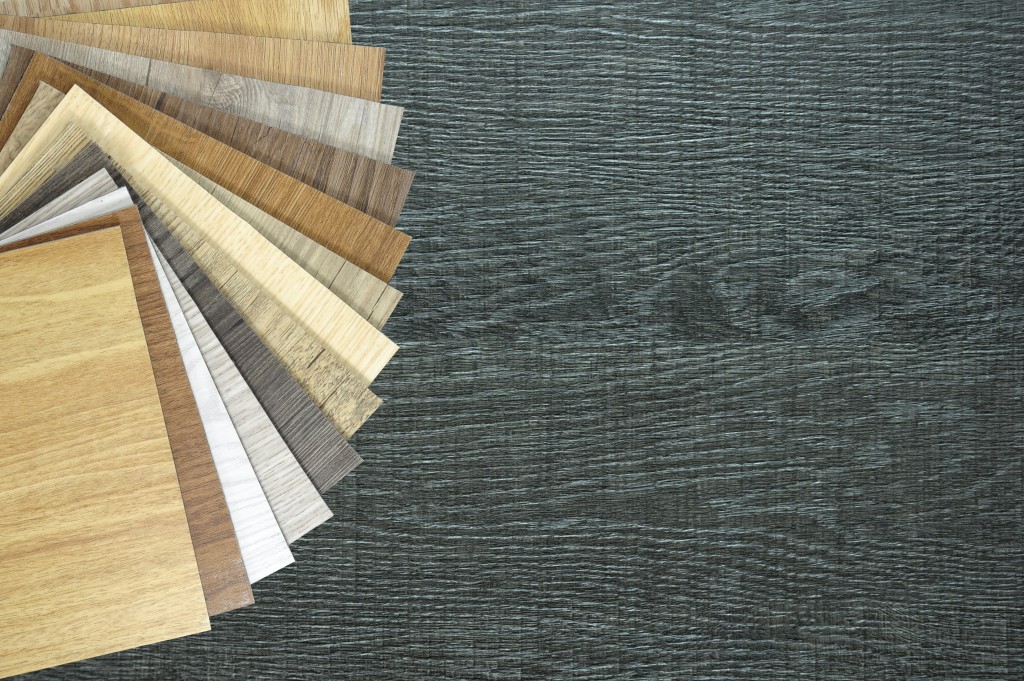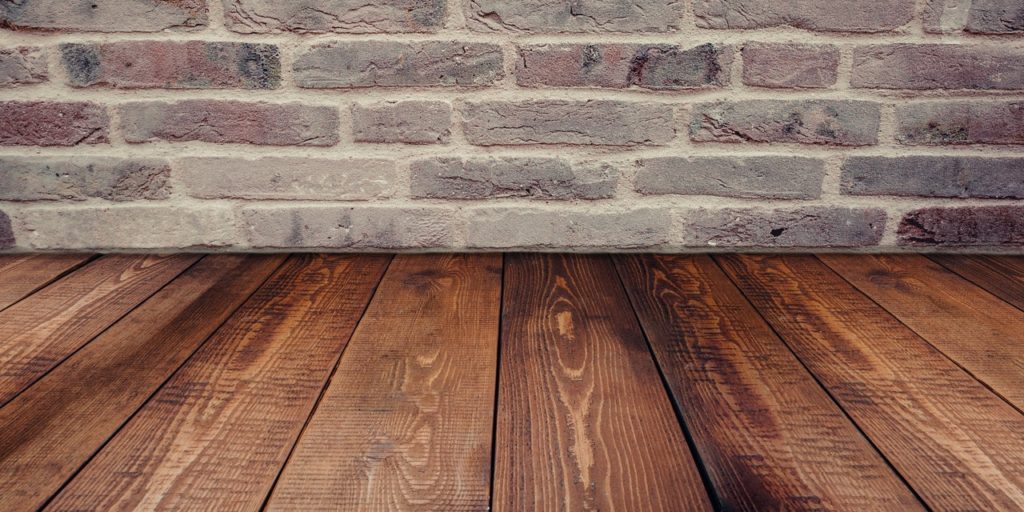A lot of homeowners put off renovation and repairs in the home because it’s too much work, effort, and sacrifice. We go to great lengths to avoid having to face the problems our homes are already telling us in intervals. There’s a small leak in the basement? Oh, we’ll deal with it before the rainy season begins. There are pests in the garden? We’ll just spray insecticide on the affected plants. There are cracks on the exterior wall? That’s just the paint.
What about when it is time to replace your home’s flooring? Yes, the whole floor. They are not made to last; even an industrial design with only concrete flooring is not made to last. You will still have to do concrete resurfacing on it every 15 years or so, or when the flooring has lost its luster and begins to show signs of age. Imagine how much more work needs to be done on tiles, carpets, vinyl, and wood.
Stains, Cracks, Rips and Tears, Tenting, and Squeaking
A lot of problems occur in the flooring of your home, especially if it’s an old home. Carpets, for example, tend to last only for 10 years. You will need to replace them in the future. Tiles can get cracked and chipped. Not to mention, it may start tenting as soon as the installation is finished. When it starts to tend (and it most certainly will if the adhesive comes off), you will need to redo the tiles, replace them completely, and have your foundation checked.
Carpets depend on how many people live in the home. If there are kids spilling juices and other food items on the carpets, know that this wouldn’t last as long as you think they should. At best, carpets can last between 15 and 25 years. If you put carpet tiles in your kids’ rooms, trust that you might have to replace them once they are over their toddler years. The carpet might not look as aesthetically beautiful because of the many times it has to take on spills. It will also start to emit a strange odor, which can be harmful to your health.
But stains and odors are not the only culprits when it comes to having carpet flooring. You will need to deal with rips and tears. Carpets are not made with sturdy materials like concrete and wood. It is made out of fabric, which means it is susceptible to get ripped when pulled. The edges might also come undone, which will make your rooms feel antiquated.
Does the floorboard squeak? Hardwood floors should last for more than 25 years; sometimes, more. They won’t need major maintenance for decades but when they do, it’s usually a structural and movement issue. Few of the floorboards will squeak. That’s normal. But if the squeaking is louder than normal and the boards start to tent, that’s when simple repairs might not be the answer anymore.
More problematic is when your floorboards start to slope. This means that it’s also a structural issue. The concrete flooring underneath your home might be starting to erode or collapse. This happens when the ground shifted such as after an earthquake, so it’s important to have the structure check after tremors and major quakes.

Maintenance Issues or Major Repair Problems?
So, when is the flooring problem a maintenance issue and when does it require major repairs and even replacement? Taking care of your flooring means cleaning it and addressing minor problems as they come up. If you’re doing this, you probably wouldn’t have to go through a major replacement problem in your lifetime. You need to check yourself, too. When was the last time you regrout the tile flooring or put lamination on the concrete floors or scrubbed your carpets clean?
If you cannot pinpoint the last major maintenance work you had done on your flooring, that’s because you haven’t been doing a good job at maintaining it. Like many problems in your home, floors need constant cleaning, checking, and maintaining. You just don’t walk on the tiles and pretend not to notice the cracks and tenting. You have to address these problems the moment that you notice them. Otherwise, you are just prolonging the inevitable—replacing them all.
Like all elements of your home, the flooring needs tender loving care. You have to do your part in prolonging your home’s life, and that means checking every now and then what needs repairs and replacements. If you do that, you might not have to spend thousands of dollars on your home’s flooring, structure, foundation, roof, and others.


